Arizona Man Stumbles Across Tracks That Predate the Dinosaurs
A retiree living in Arizona has made an impressive discovery after unearthing the remains of several fossilized tracks belonging to an ancient group of reptiles that predated the dinosaurs.
The fossils were found scattered across the landscape just outside of Snowflake in eastern Arizona. Researchers have since studied the fossils, which have led to a deeper understanding of the enormous reptiles that existed in this part of America over 200 million years ago.
Fossils Throughout North America
The western part of the United States of America is regarded as one of the most abundant sources of ancient reptilian fossils anywhere in the world.
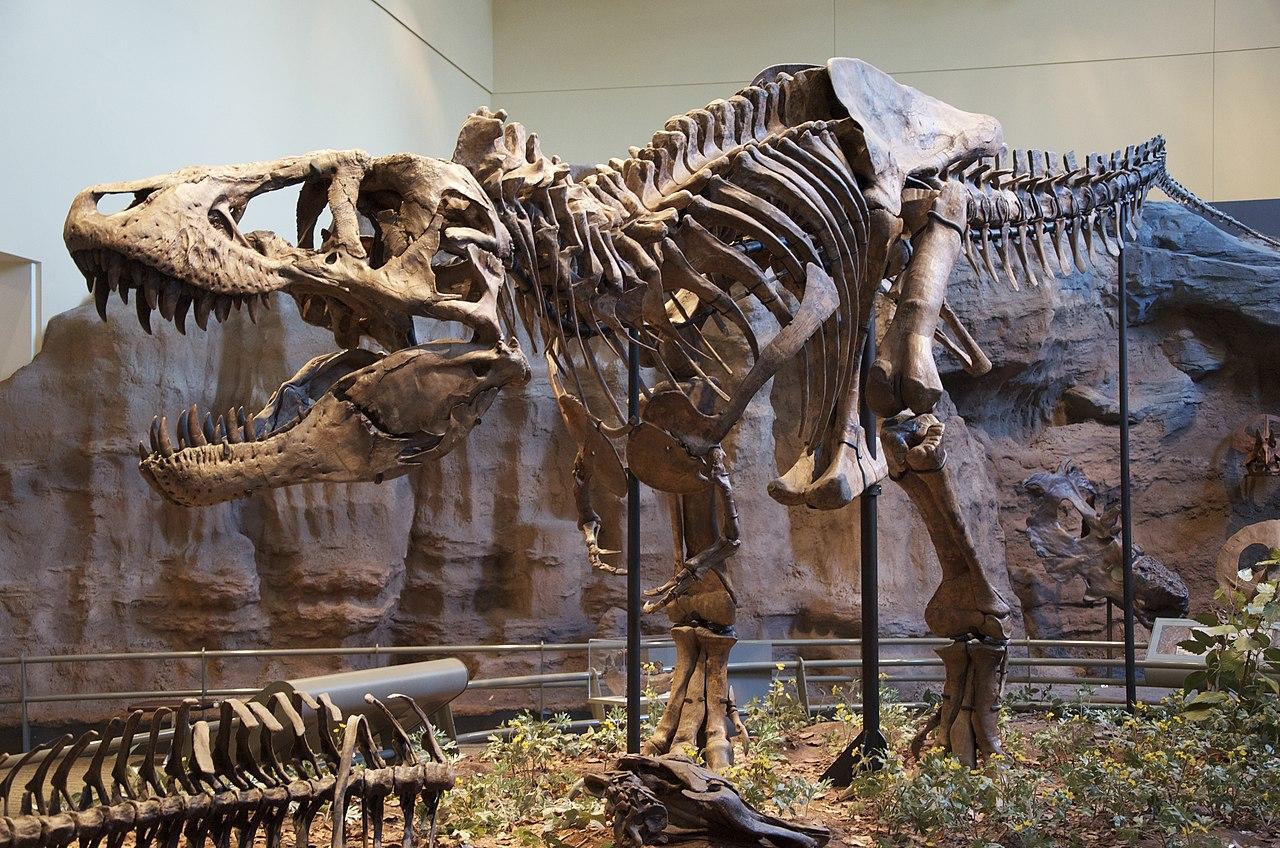
Source: Wikimedia
To this day, paleontologists continue to unearth the remains of ancient reptiles that once roamed the Earth, shedding light on this fascinating part of the planet’s history. Many of which even predate the era of dinosaurs.
Arizona Man Stumbles Upon Ancient Reptile Fossils
While paleontologists are constantly on the lookout for new fossils, more often than not, the first sightings are reported by members of the public who spot the ancient remains during hikes throughout the US.
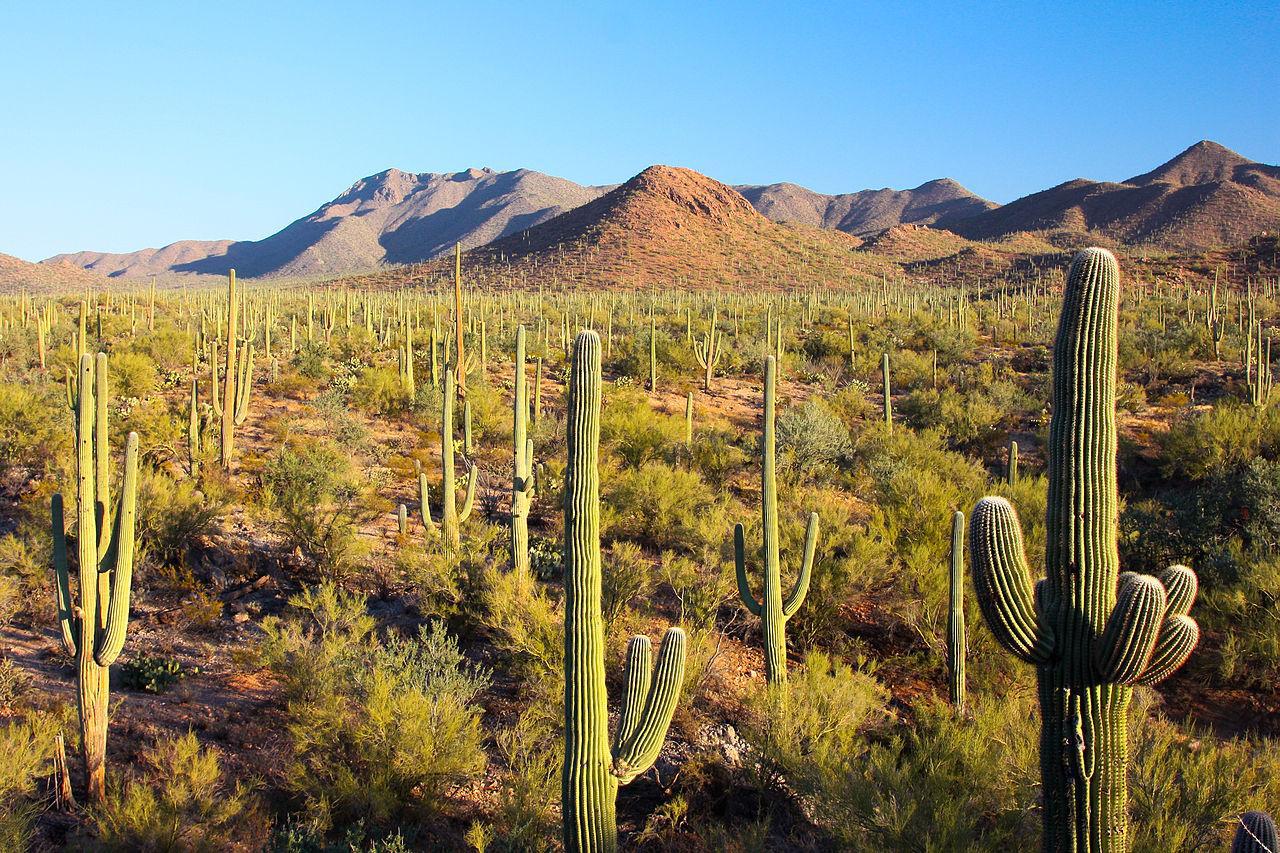
Source: Wikimedia
For some lucky Americans, they even come across fossils in their backyard. This was the case for James Lang, an Arizona resident, who stumbled upon fossilized tracks belonging to an ancient reptile.
Retired Man Discovers Reptile Fossils in His Own Backyard
Lang decided to purchase a property in Eastern Arizona following a lengthy career in law back in Chicago, per The AZ Family.
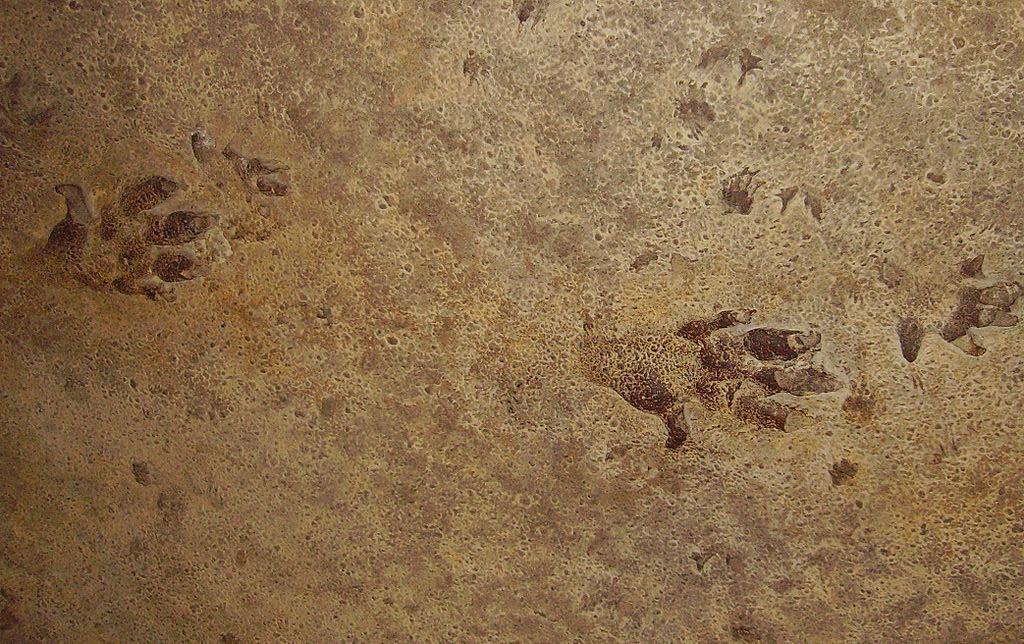
Source: Wikimedia
One day, he was walking close to his house when he came across something with prints sticking out of the ground. Upon further inspection, he realized it was the fossilized remains of an ancient reptile.
The Initial Discovery of the Giant Lizard Tracks
Regarding the initial discovery, Lang said, “It had a front and a rear on it so I’m picking up, I’m looking, thinking this is amazing. So I’m hauling this rock up, we’d walk a quarter mile. I realized there had to be more down there.”
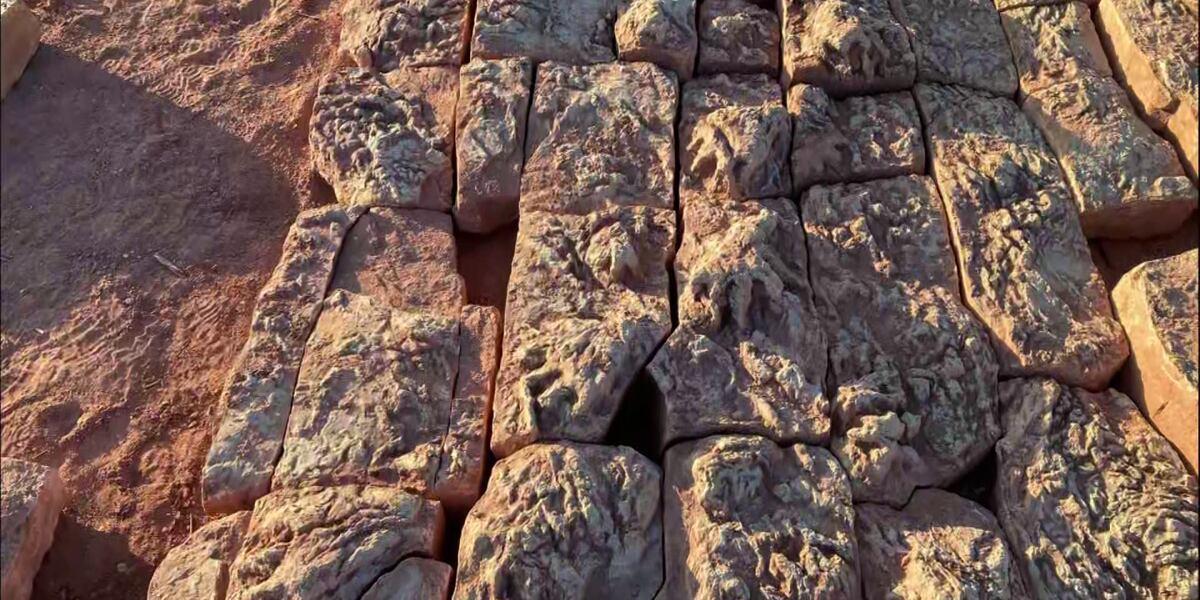
Source: @azfamily/X
Lang had just discovered the prints of a chirotherium, a giant extinct lizard that predated the dinosaurs.
Enormous Reptile Monsters in the US
This discovery marked the beginning of a five-year journey that would see Lang unearth several slabs of rock containing the rare chirotherium tracks.
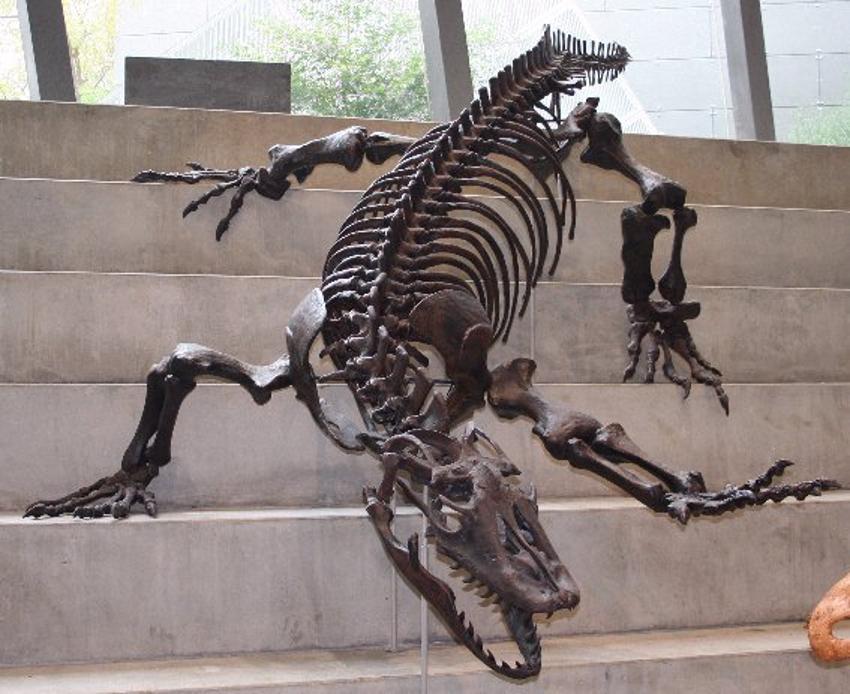
Source: Wikimedia
“These aren’t actually dinosaurs,” Lang explained. “These are pre-dinosaurs. They’re archosaurs. They’re big reptiles but it’s called chirotherium because it looks like a hand. So ‘chiro’ means hand, ‘therium’ means monster or beast.”
Retired Man Drags Fossils Back to His House
Over the five-year period, Lang dragged the smaller slabs back to his home and even employed the use of a tractor to move the larger blocks of stone containing the fossilized track marks.
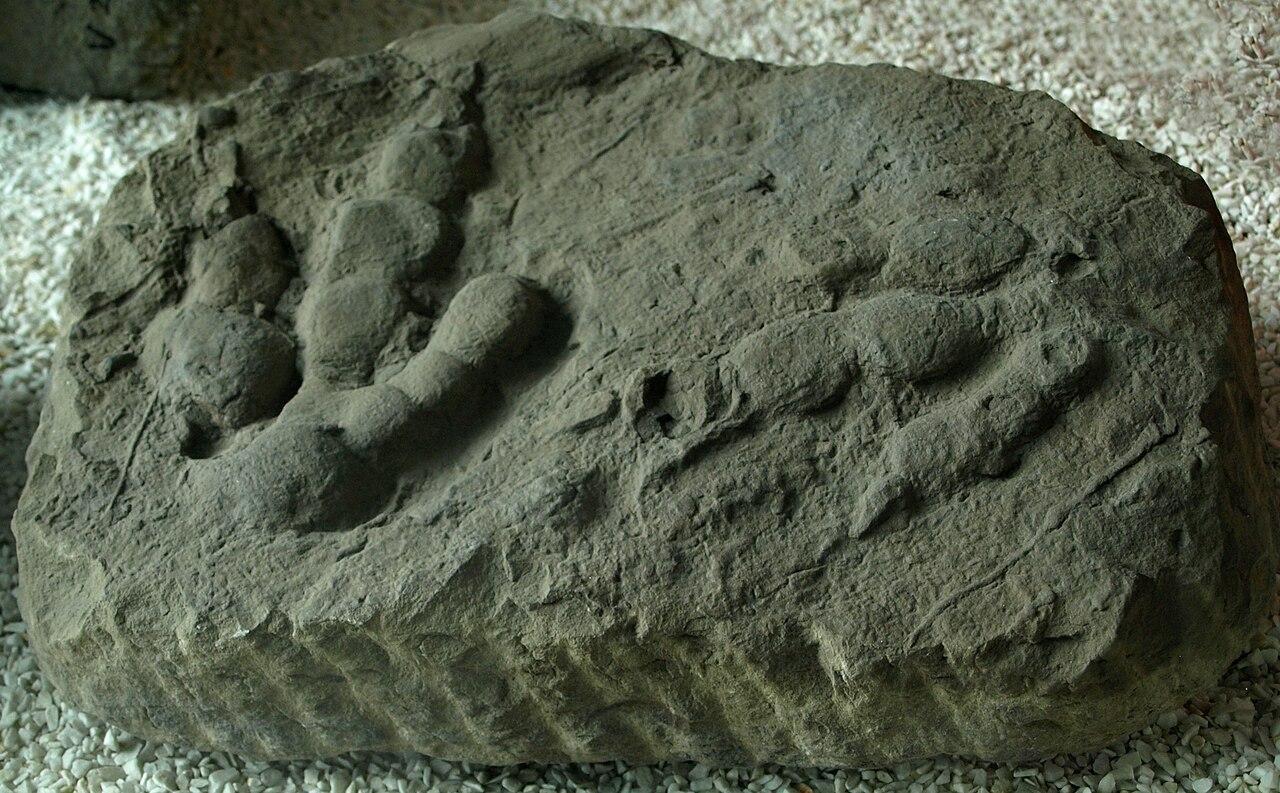
Source: Wikimedia
“I come out in the morning, drink my coffee, and just sit there and look at that and think I have an entire museum in my front yard,” Lang said.
Paleontologists Inspect the Reptilian Fossils
Lang suspected he was onto something incredible with the discovery and later contacted Spencer Lucas, a paleontologist at New Mexico’s Museum of Natural History and Science.
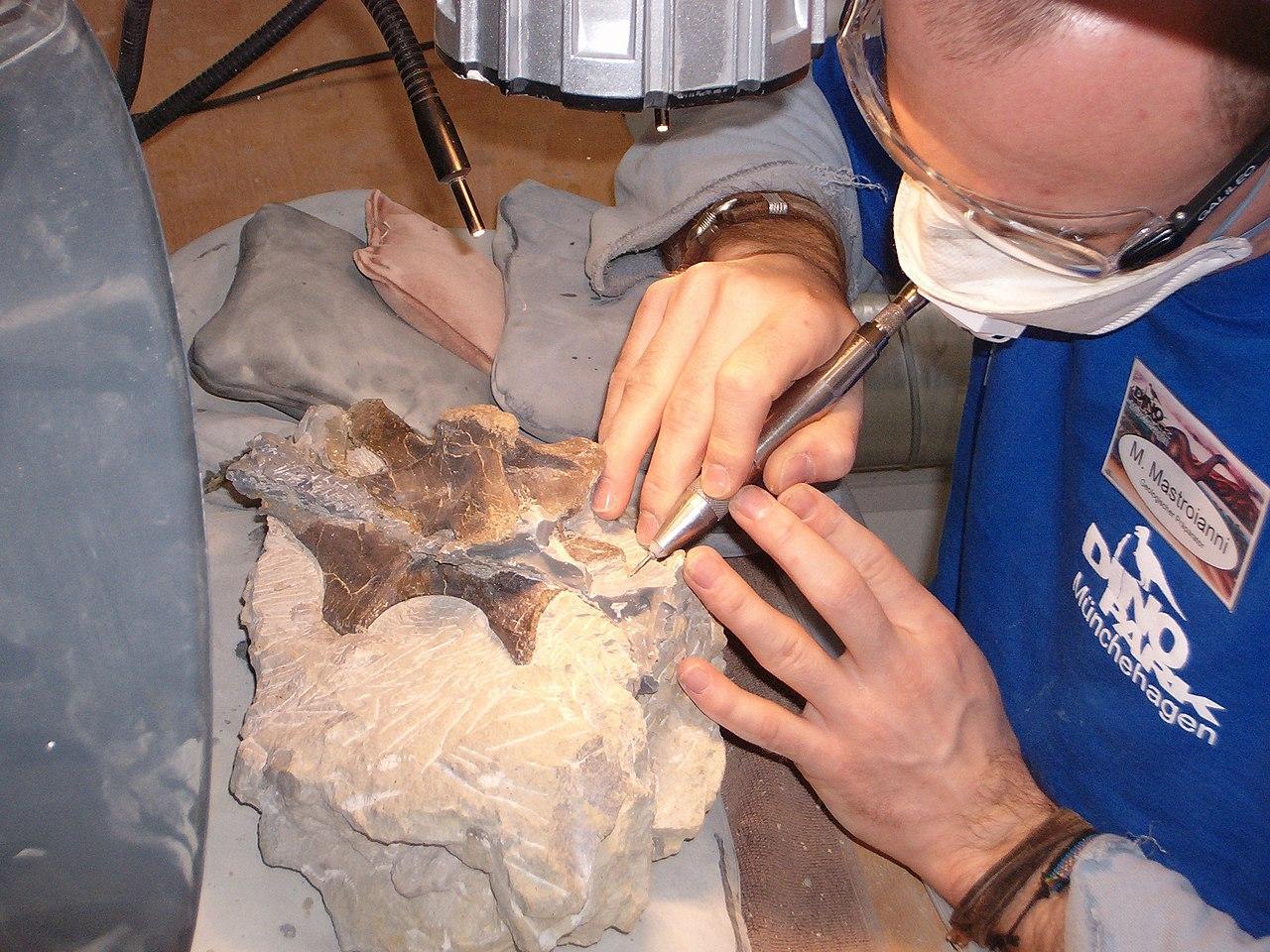
Source: Wikimedia
Following an inspection of the fossils, he said, “The footprints are on the bottom of the sandstone layer because what they are is they’re convex, so that the animals were not walking on the sandstone. They were walking on the clay. And then when the sandstone was deposited, it filled in.”
One of a Kind Discovery
Researchers quickly came to the realization that Lang’s discovery was a one-of-a-kind find.

Source: Wikimedia
“It is the most extensive and well-preserved footprint locality of its age in North America, which makes it one of the best in the world,” Lucas said. “The only sites that I think are a little bit better are a couple that are in Germany.”
Paleontologists Go on to Publish Study
The paleontologists from the New Mexico Museum later published a study detailing the entire collection of fossils and shed light on the giant lizard that roamed the region in ancient times.

Source: Freepik
Lang was credited as an author on the paper due to his pivotal role in the discovery of the fossils.
Lang Will Continue to Hunt for More Fossils
Lang is hopeful he will stumble across more of the track marks as he continues to scour the land surrounding his home.
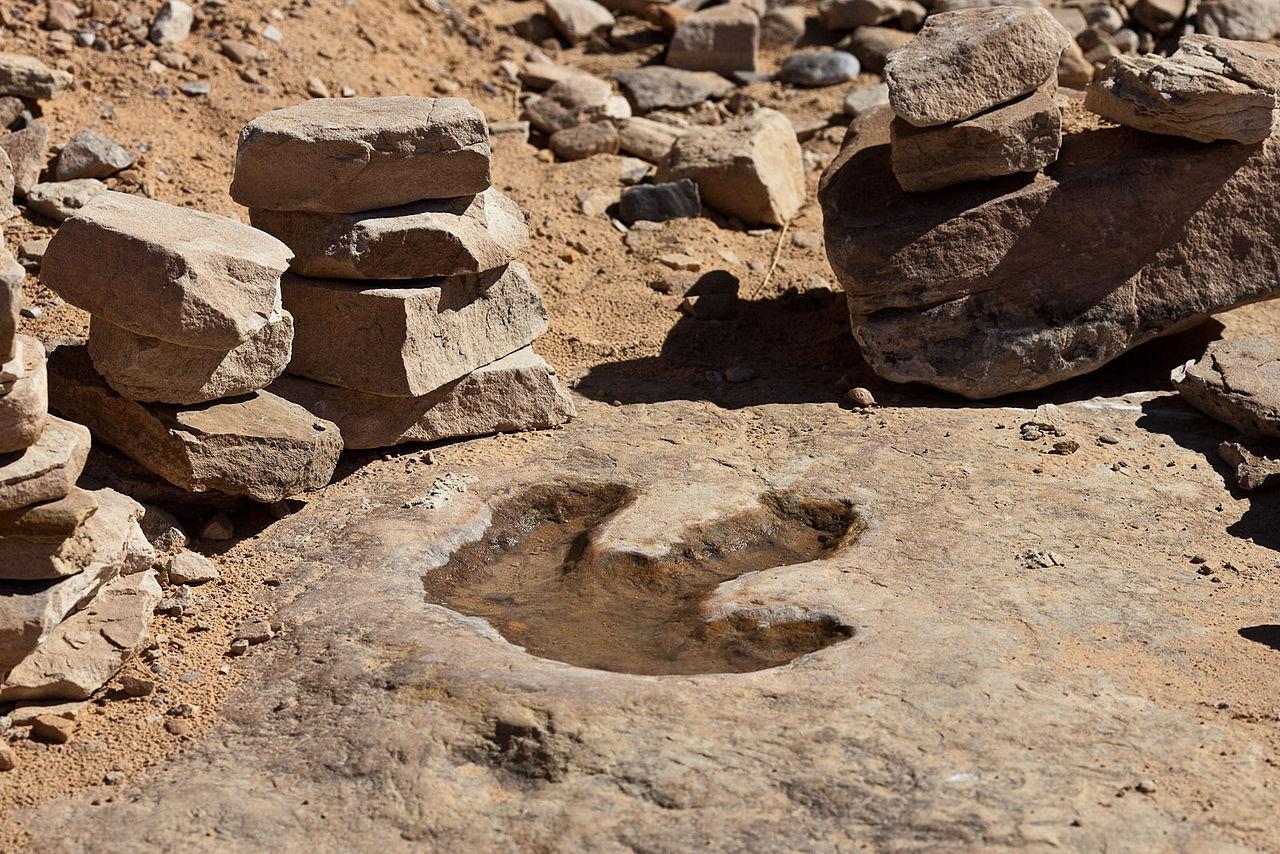
Source: Wikimedia
“I think it’s great,” he said. “I’ve got a friend I grew up with since first grade whose grandson out in California has been following along. I’ve been sending them pictures. I sent him some tracks. He’s just online away. I thought, wow, if he’s going to be the next paleontologist, I thought that’s pretty cool.”
The Ancient Beasts of the Americas
Lang’s discovery underscores the significant role that everyday Americans can play in advancing our understanding of North America’s ancient history and the creatures that once roamed the landscape.
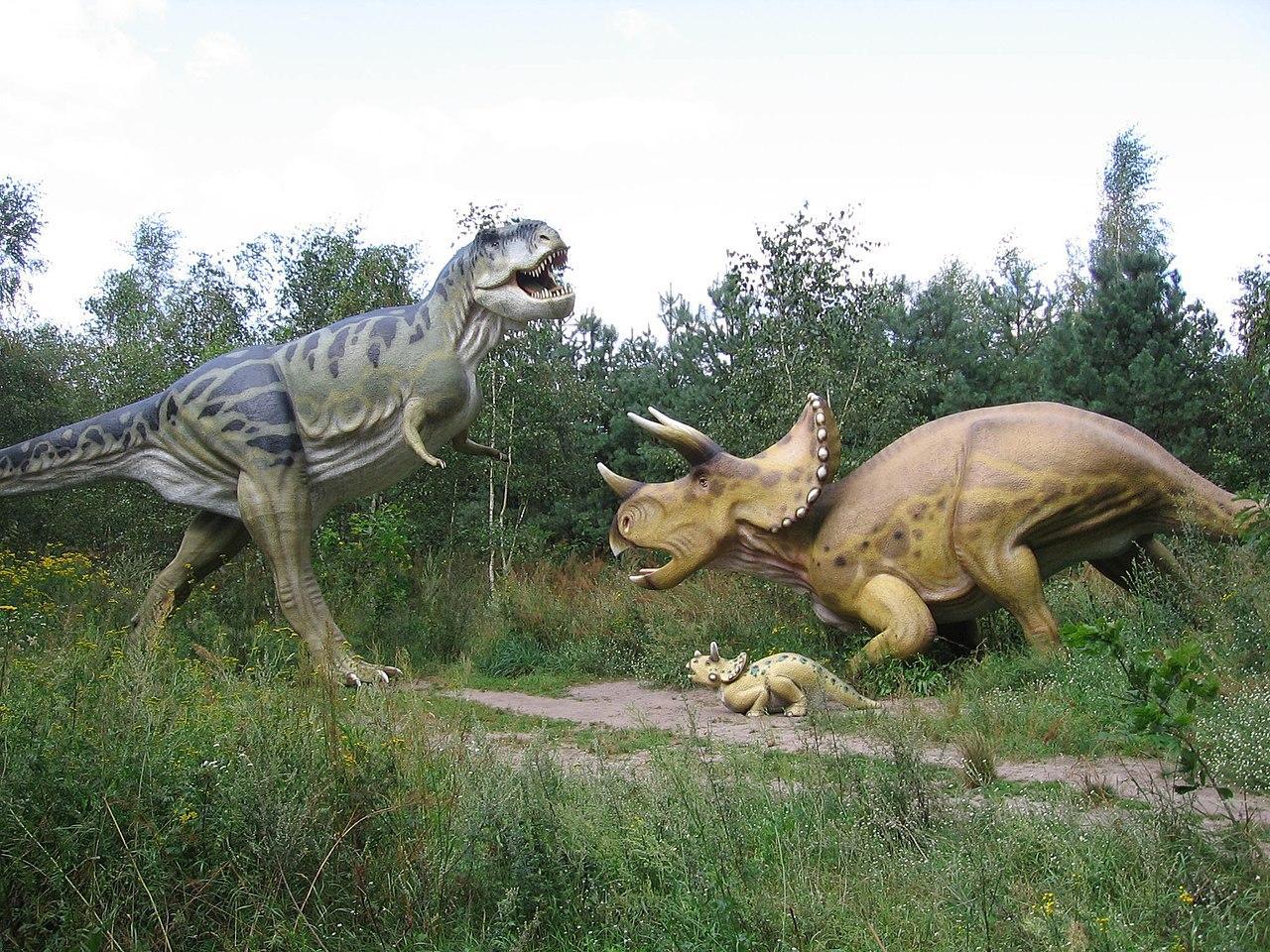
Source: Wikimedia
As Lang continues his work, there’s every chance that the retiree will stumble upon more fascinating discoveries, and it likely won’t be long before we see his name in another publication.
